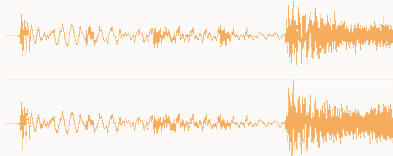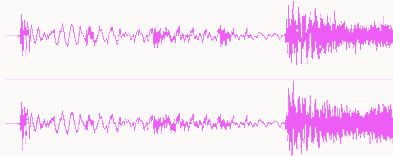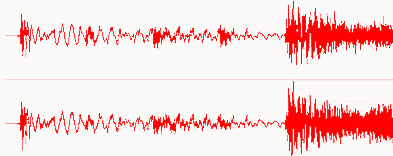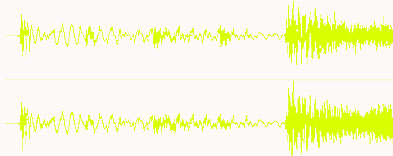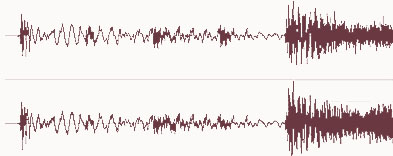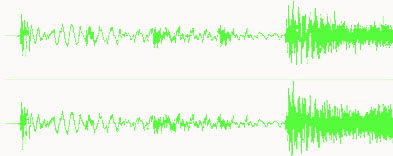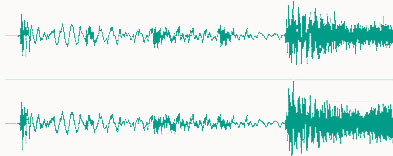SCAMPER
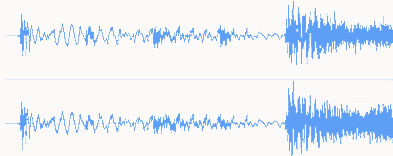
SCAMPER
Having trouble coming up with new ideas? Get thousands of ideas with one word. Try SCAMPER. In 1939 advertising executive Alex Osborn, “the father of brainstorming”, first proposed a set of nine strategies for creative thinking, seven of which were later rearranged by Bob Eberle into the mnemonic SCAMPER.
S Substitute
C Combine
A Adapt
M Modify
P Put to Other Uses
E Eliminate
R Rearrange
What are the other two missing words?
Minify, which I like to think of as expand and contract or put another way reduce and enlarge.
Reverse, which I think is the most powerful tool of all. It’s typified by the 180 degree rule. Do the opposite.
The underlying assumption with SCAMPER is that new ideas are based on old ones. This may not always be the case, but often it is. To use SCAMPER, you have to start with something.
You can use SCAMPER as a list of questions that can be used to generate new ideas. Simply ask, “Can I ____ something?” inserting the words SCAMPER represents one at a time. Next, you might try using two words at a time. Later try three. Classically, the best solutions are the simplest, but not always.
Find over 20 creativity tips here.
Learn more in my workshops.


